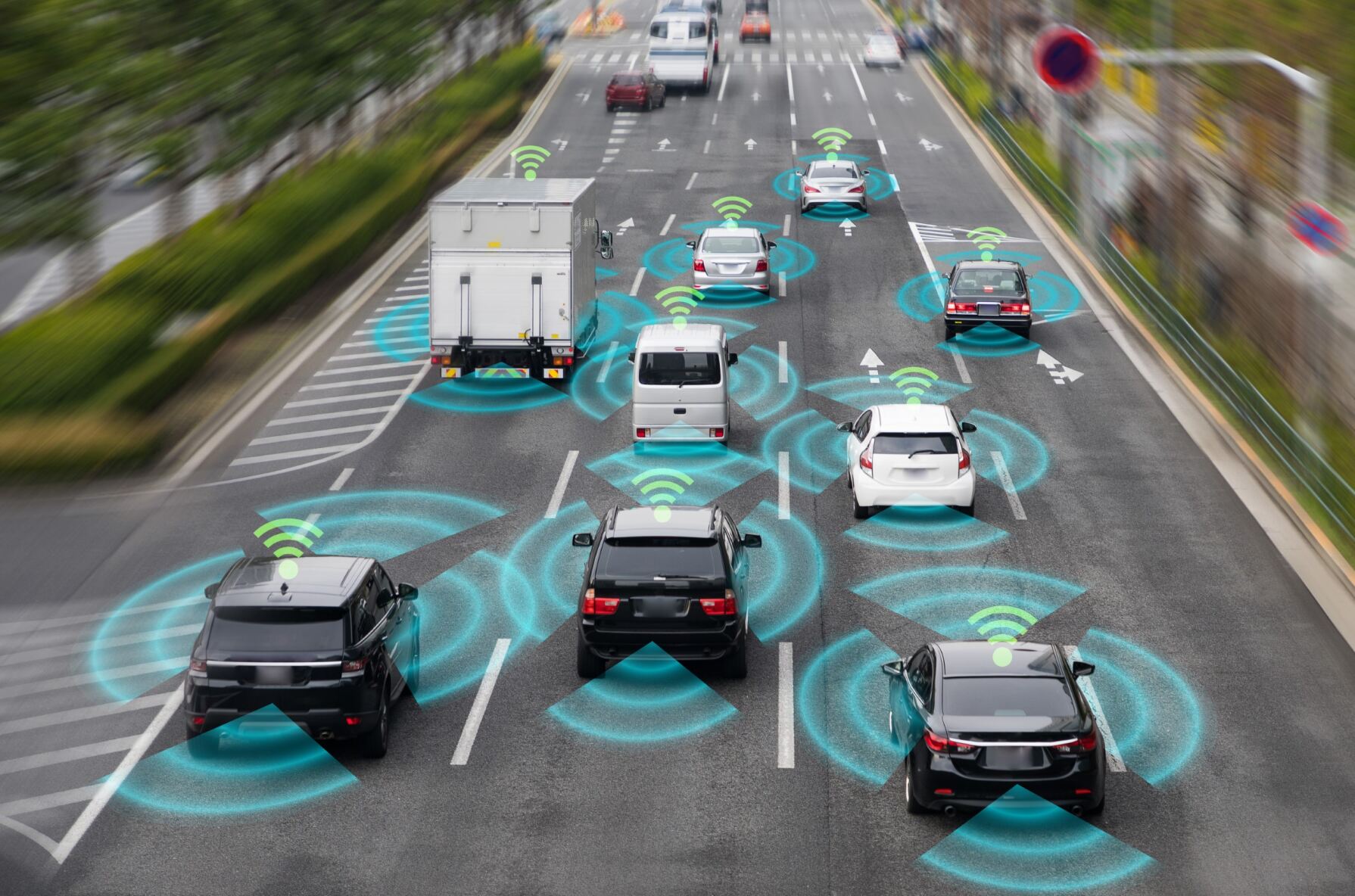LINKS Vehicular Communication Ecosystem.
Vehicular Communication Ecosystem for connected vehicles

LINKS Vehicular Communication Ecosystem is the result of the research activities carried out within more than ten European projects funded within the FP7, H2020 and Horizon Europe Work Programmes. The available solutions can be grouped into five categories:
- On Board Unit (OBU) – A 5G-enabled device for connecting road users that allows to customize the hardware resources (e.g., CPU, GPU) for specific uses (e.g., vehicles, bicycles, drones, forklifts, farm tractors). The OBU supports short-range communications (i.e., ITS-G5 and CV2X) and a complete ITS stack entirely developed by LINKS.
- Road Side Unit (RSU) – A custom device supporting 5G and shortrange connectivity (i.e., ITS-G5, CV2X), offering a number of wired (e.g., Ethernet, USB) and wireless (e.g., Bluetooth, WiFi) interfaces for the connection to multiple sensors. Extreme processing capabilities thanks to an embedded GPU that enables the execution of AI-based applications.
- Applications for Cooperative Mobility – Field-tested applications for the CCAM vertical. They range from well-consolidated applications identifying road hazards, to advanced applications implementing collective perception and cooperative manoeuvres. The applications fulfil the latest versions of ETSI ITS standards and are continuously updated.
- 5G, edge and cloud applications – Edge and cloud solutions for enabling new automotive services. The exploitation of vehicle data is eased by LINKS digital twin: the incoming information (e.g., C-ITS messages, sensor data) is processed and stored in LINKS digital twin and is made available to third-party applications through easy-to-use RESTful APIs.
- Simulation environment – Software tools for emulating connected vehicles and testing CCAM applications safely at the desk.


